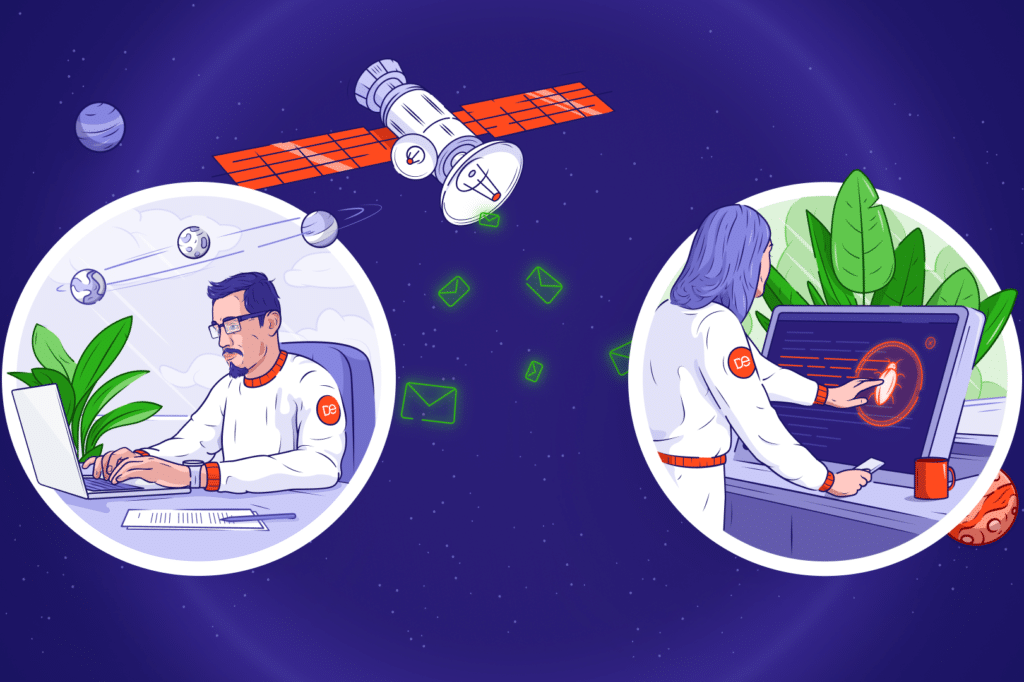
Customer feedback plays a crucial role in shaping winning products by providing valuable insights into customer preferences, needs, and pain points. Here’s how customer feedback influences product development and success:
1. Identification of Customer Needs
- Understanding Pain Points: Feedback helps identify specific challenges or issues customers face with existing products or services, highlighting opportunities for improvement.
- Feature Prioritization: Customers’ feature requests and preferences guide product teams in prioritizing development efforts to align with market demands.
2. Validation of Product Concepts
- Concept Testing: Gathering feedback on product ideas or prototypes helps validate market interest and potential acceptance before full-scale development.
- Early Adoption Insights: Early adopters provide feedback that informs adjustments to ensure the product meets expectations and resonates with the target audience.
3. Iterative Development and Improvement
- Continuous Feedback Loop: Iterative feedback loops enable product teams to make incremental improvements based on customer input throughout the development lifecycle.
- Agile Development: Agile methodologies integrate customer feedback into rapid development cycles, allowing for quick adjustments and enhancements to meet evolving customer needs.
4. User Experience Enhancement
- Usability Testing: Feedback on usability and user experience (UX) informs interface design, navigation, and functionality improvements to enhance product usability.
- Customer Satisfaction: Addressing feedback helps improve overall satisfaction by resolving pain points, enhancing usability, and delivering a positive user experience.
5. Competitive Advantage and Market Differentiation
- Unique Value Proposition: Incorporating customer-desired features and improvements distinguishes products from competitors, creating a compelling value proposition.
- Market Fit: Aligning product features with customer expectations increases market acceptance and adoption, positioning the product for success in competitive markets.
6. Customer Loyalty and Advocacy
- Engagement and Relationship Building: Actively soliciting and responding to feedback fosters customer loyalty by demonstrating responsiveness and commitment to customer satisfaction.
- Word-of-Mouth Marketing: Satisfied customers who see their feedback implemented are more likely to become advocates, promoting the product to others and driving organic growth.
7. Market Research and Trend Identification
- Market Insight: Customer feedback provides insights into emerging trends, preferences, and industry shifts, guiding product roadmaps and strategic decisions.
- Customer Segmentation: Tailoring products to different customer segments based on feedback allows for targeted marketing and personalized offerings that resonate with specific demographics.
8. Risk Mitigation and Innovation Validation
- Reducing Product Failures: Early feedback helps identify potential risks and mitigate them before launch, reducing the likelihood of product failures or market rejection.
- Innovation Validation: Feedback validates innovative features or concepts, confirming market demand and ensuring investments in new technologies or ideas are viable.
Customer feedback is instrumental in shaping winning products by informing every stage of the product lifecycle, from ideation and development to launch and beyond. By listening to customers, addressing their needs, and continuously iterating based on their input, businesses can create products that not only meet but exceed customer expectations, driving long-term success and profitability in competitive markets.




